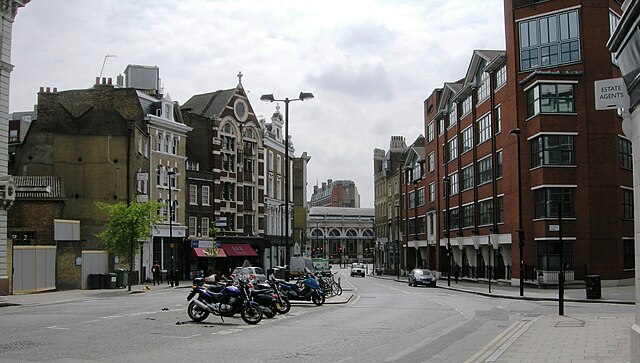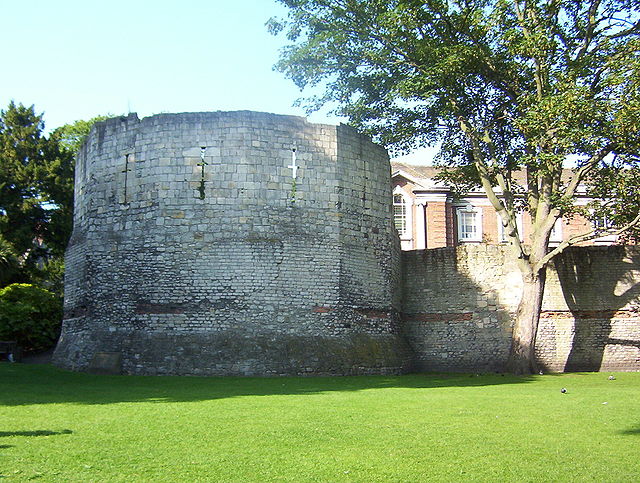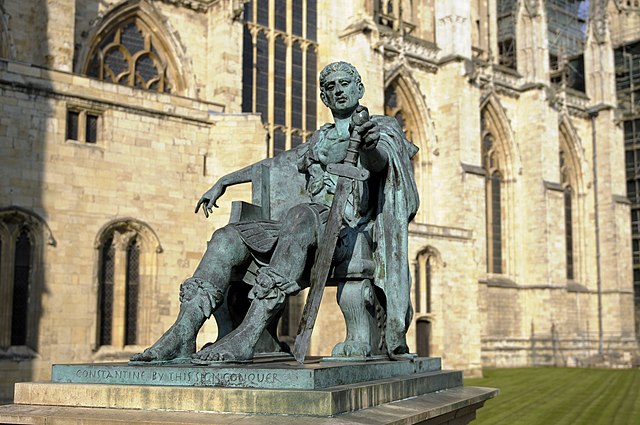Great North Road (Great Britain)
The Great North Road was the main highway between England and Scotland from medieval times until the 20th century. It became a coaching route used by mail coaches travelling between London, York and Edinburgh. The modern A1 mainly parallels the route of the Great North Road. Coaching inns, many of which survive, were staging posts providing accommodation, stabling for horses and replacement mounts. Nowadays virtually no surviving coaching inns can be seen while driving on the A1, because the modern route bypasses the towns in which the inns are found.
Southern end of St John Street in London, with Smithfield Market visible in the distance. The island in the middle of the road marks the former site of Hicks Hall
The Great North Road, through Sutton-on-Trent
The A1 at South Mimms, Hertfordshire, approaching Junction 1 with the M25 and A1(M)
The 1920s Wansford bridge carrying the Great North Road over the River Nene, the boundary between the Soke of Peterborough and Huntingdonshire
York is a cathedral city in North Yorkshire, England, with Roman origins, sited at the confluence of the rivers Ouse and Foss. It is the county town of Yorkshire. The city has many historic buildings and other structures, such as a minster, castle, and city walls. It is the largest settlement and the administrative centre of the wider City of York district.
Clockwise from the top left: Micklegate Bar; York Minster from the city walls; Lendal Bridge; an aerial view of the city; and the castle
Roman wall and the west corner tower of Eboracum. The top half is medieval.
Roman Emperor Constantine the Great proclaimed Emperor at York in 306 AD.
A panorama of 15th-century York by E. Ridsdale Tate; York Castle is on the right hand side of the river, opposite the abandoned motte of Baile Hill.








